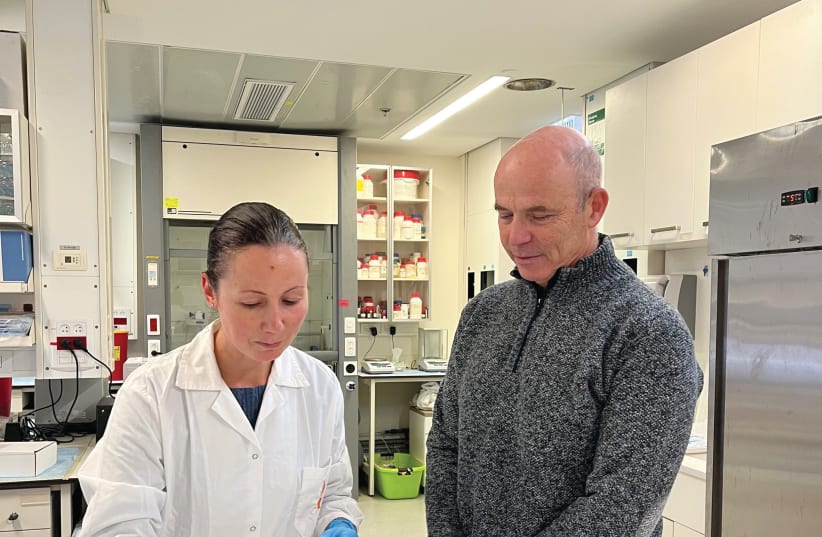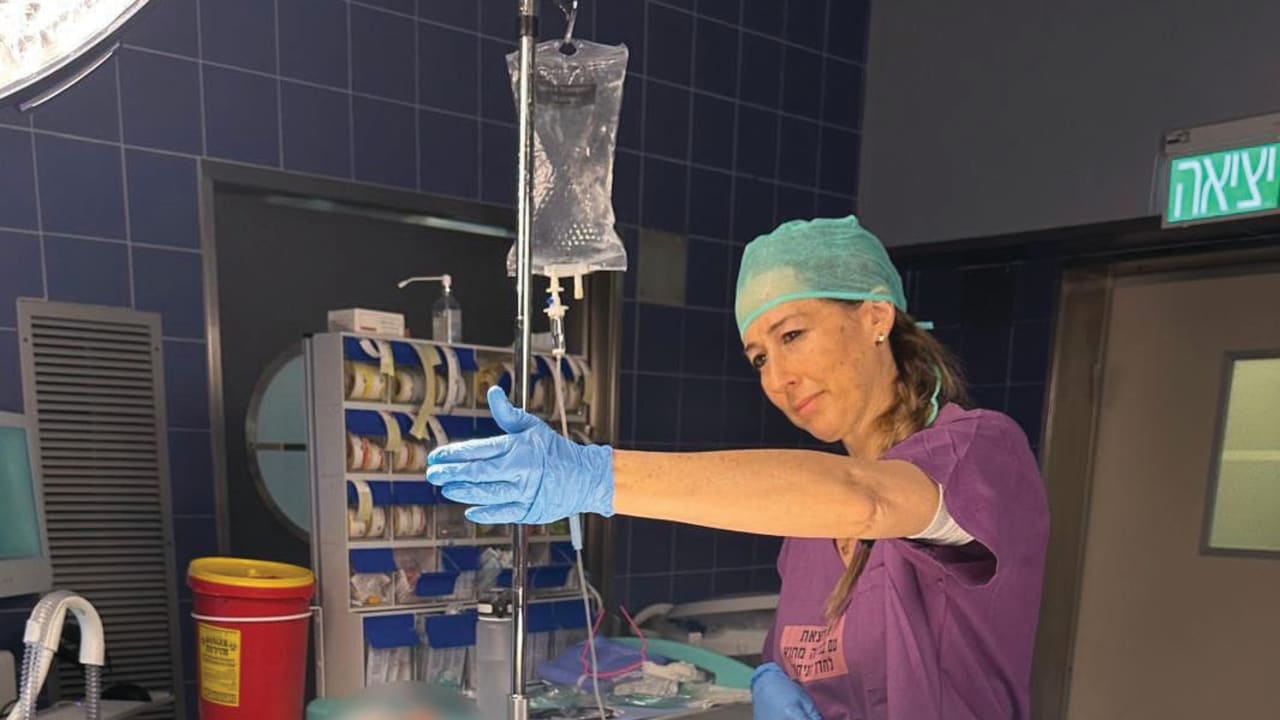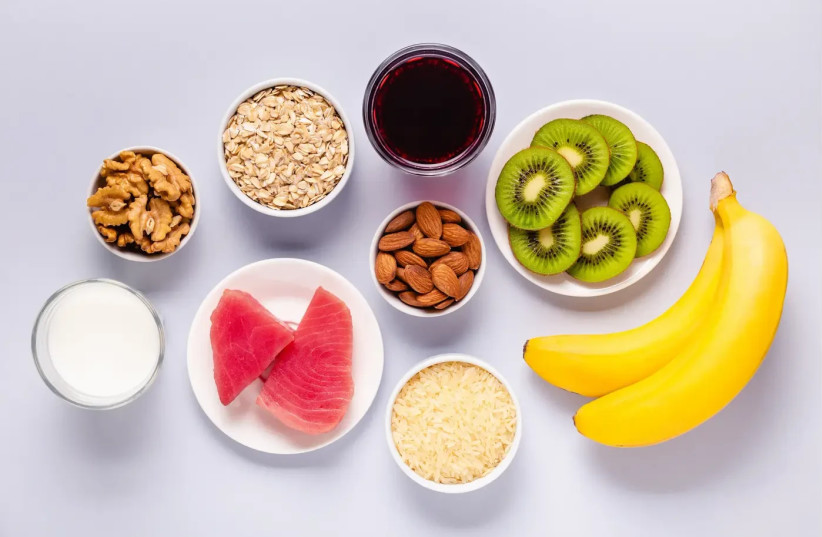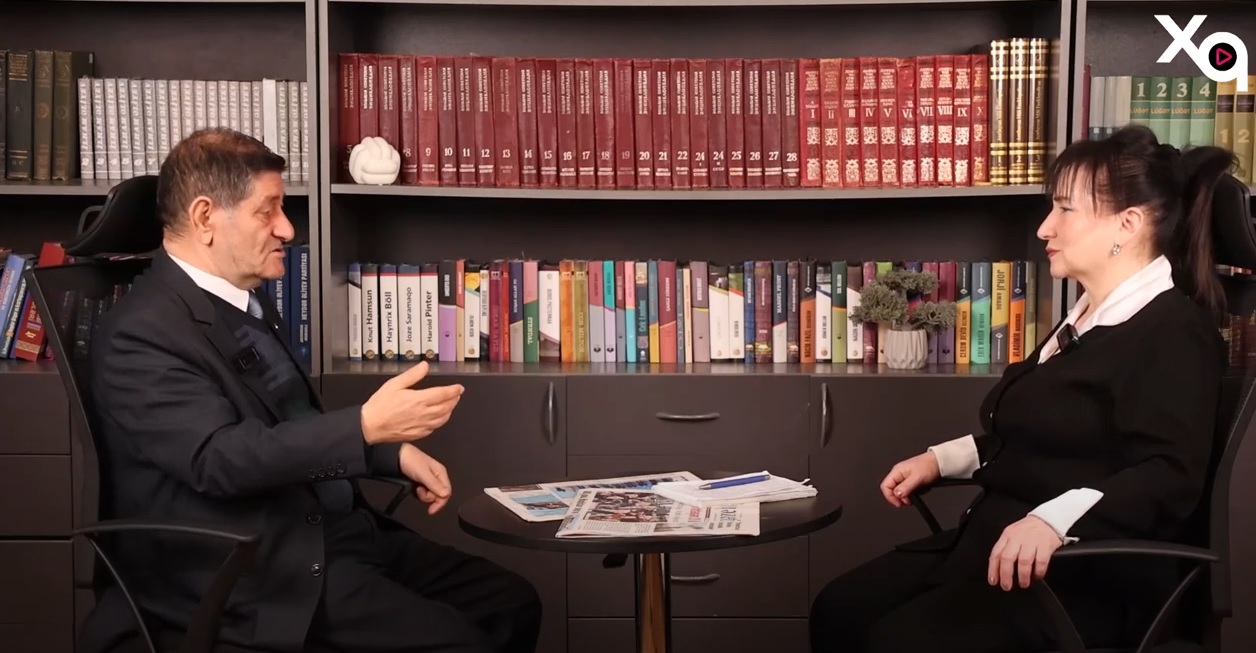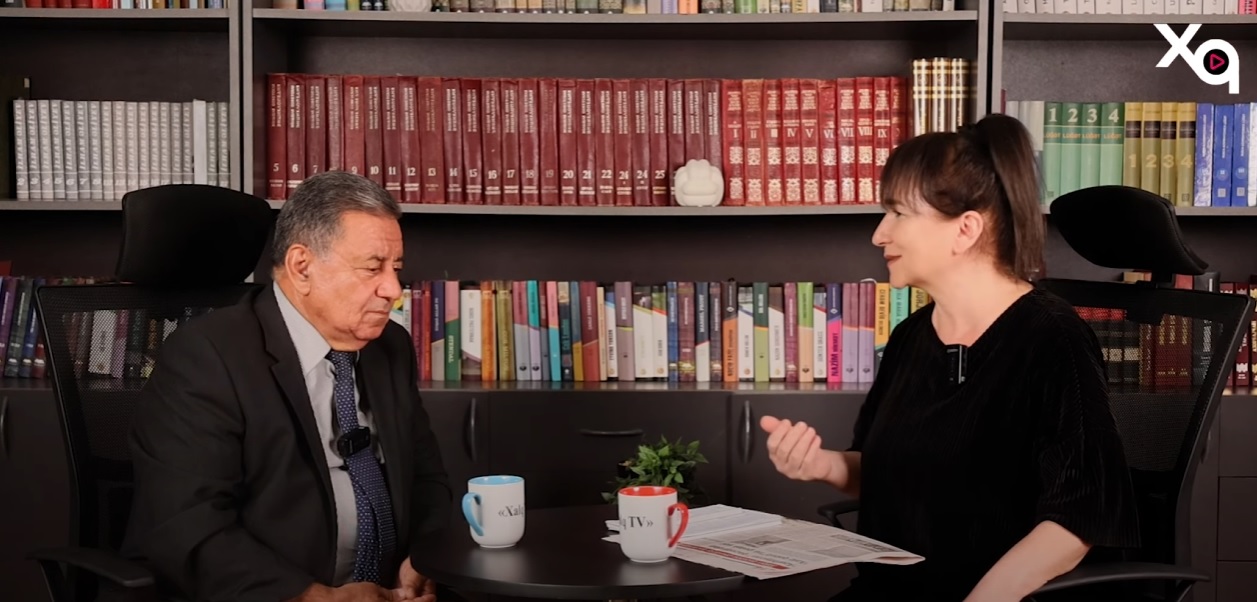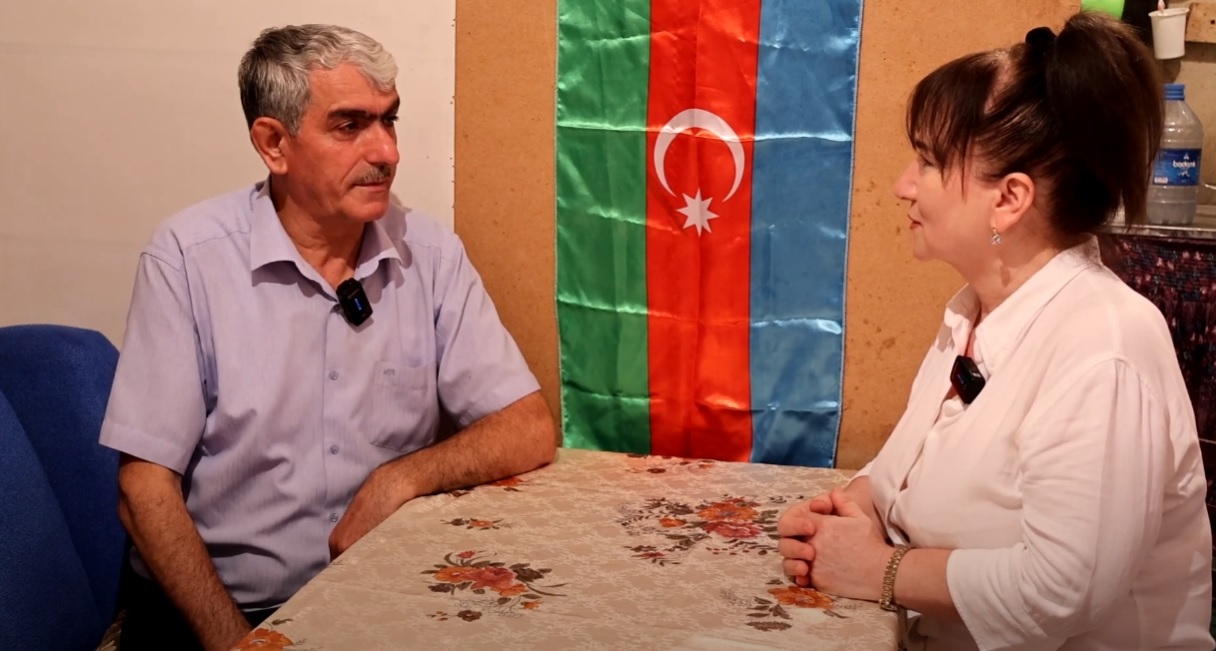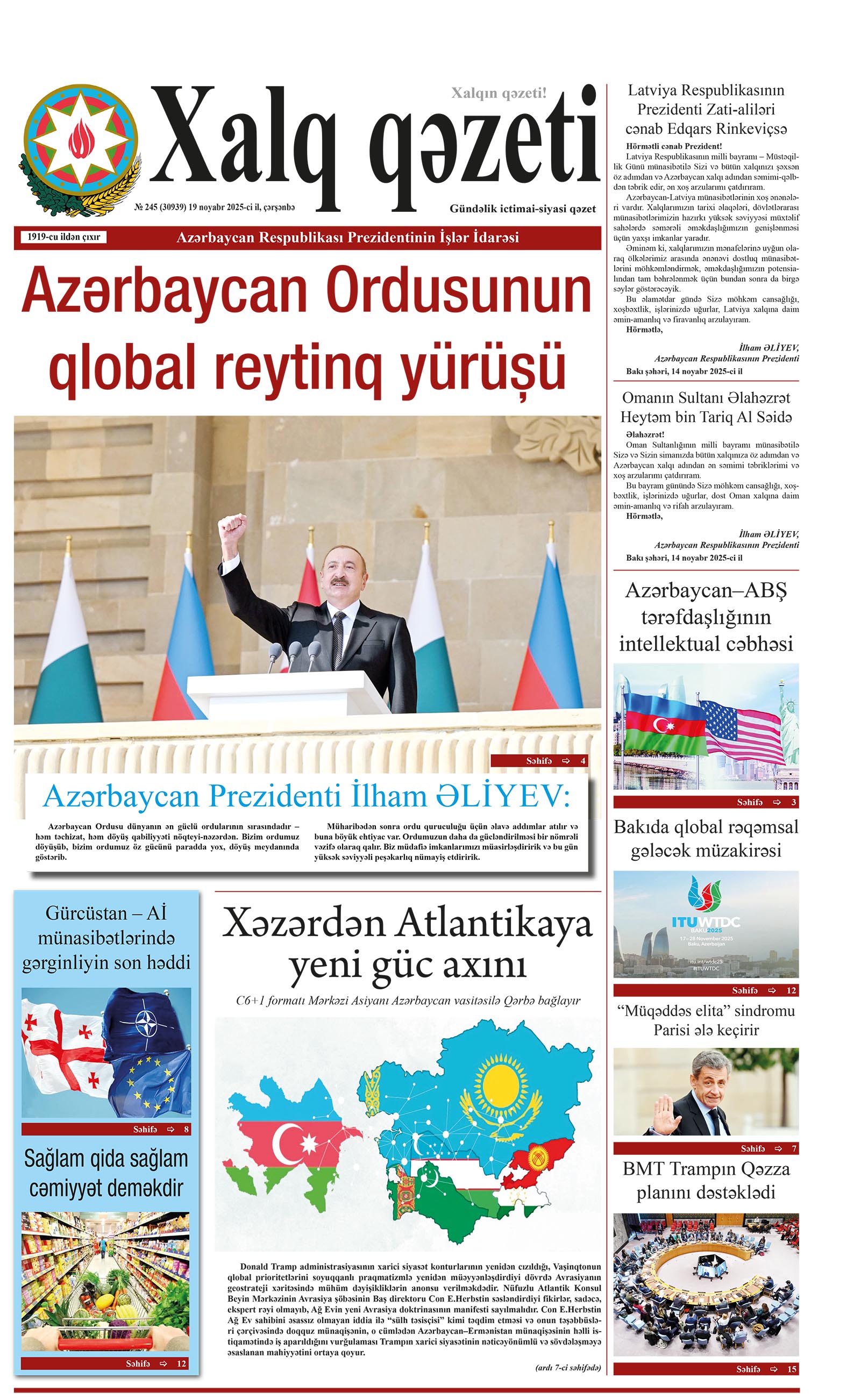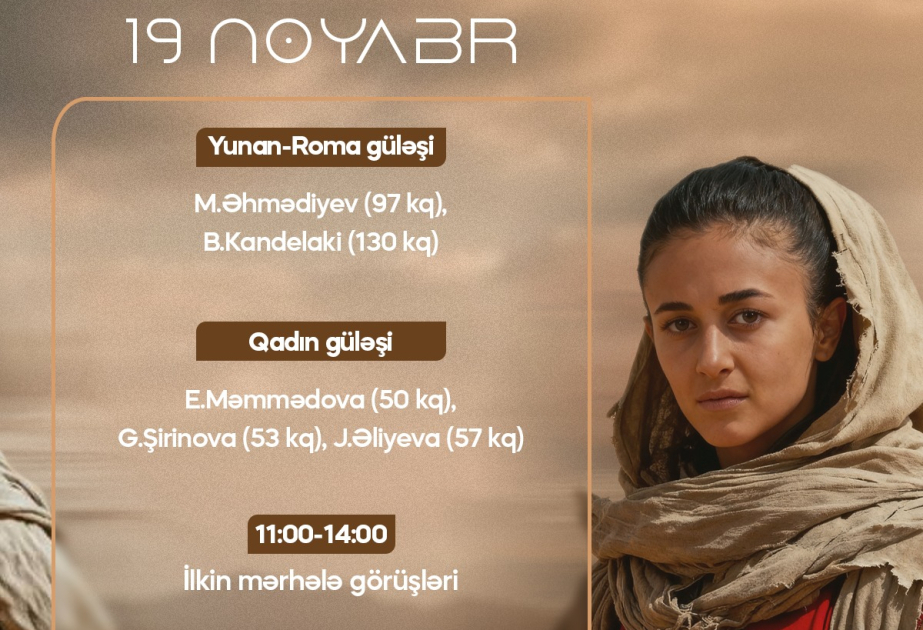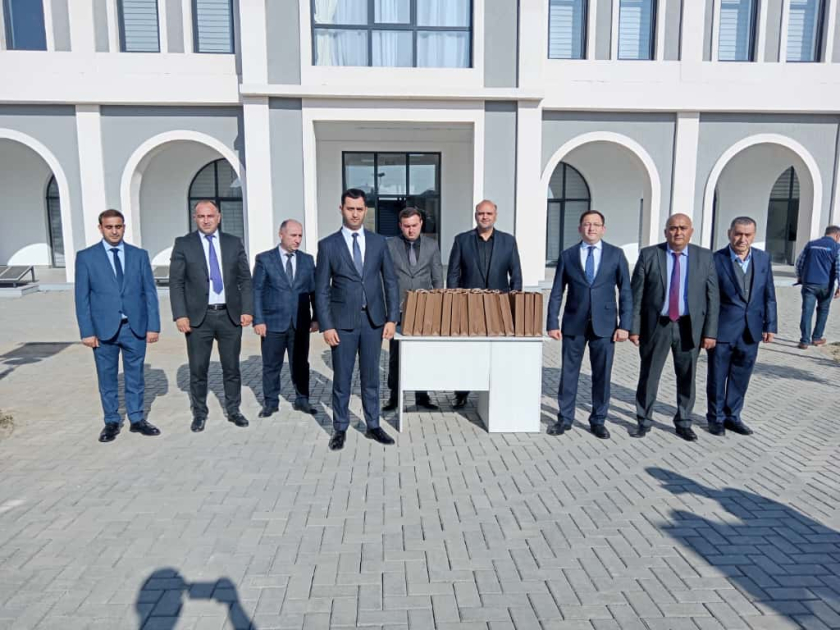By JUDY SIEGEL-ITZKOVICH
The study used innovative technology that maps RNA molecules which are the basis for translating the genome into proteins.
About 16% of adults worldwide (2.5 billion people) are obese, and 37 million children under the age of five are overweight; the prevalence of both conditions has more than doubled between 1990 and today.
It is estimated that 64% of Israelis are overweight or obese, according to the World Health Organization, which defines overweight as having a body-mass index greater than or equal to 25; and obesity as having a BMI greater than or equal to 30.
Once considered a problem of advanced countries, overweight and obesity are also on the rise in middle-income and poor countries, including those in Africa and Asia.
Now, a new international study led by scientists from Ben-Gurion University of the Negev (BGU) in Beersheba has characterized the populations of fat cells in various tissues in the human body. Using innovative technology, the researchers were able to identify for the first time unique subpopulations of fat cells, with more complex predicted functions than previously known, and even identified differences among human fat tissues in intercellular communication.
The researchers studied the diversity of fat cells in subcutaneous and intra-abdominal (visceral) fat tissues in humans. Their findings provide a basis for further research to promote personalized medicine in obesity.
The study has just been published in the prestigious journal Nature Genetics by a research team led by Profs. Esti Yeger-Lotem and Assaf Rudich from the clinical biochemistry and pharmacology department in BGU’s Faculty of Health, who studied the biology of fat cells, in collaboration with Prof. Naomi Habib from the Hebrew University of Jerusalem, Profs. Matthias Bluher, Antje Korner and Martin Gericke from the University of Leipzig, Germany, and Prof. Rinki Murphy from the University of Auckland, New Zealand.
IN THE last 30 years, scientists’ views of fat tissues and cells have transformed from being “boring” tissue whose sole purpose was to store excess energy in the form of fat. It used to be thought that fat is fat, and that all the cells are of the same type. But it isn’t so, and the differences affect the patient. The study is part of an international effort, the Human Cell Atlas Project, to generate a comprehensive map or atlases of all types and subtypes of cells that make up the human body, in partnership with many other labs around the world that analyzed fat removed with permission from adults during surgery.


